Description
Rhodes grass for sale is a palatable and nutritious forage option for cattle. Learn about its benefits, how to effectively use it for cattle feeding. Order
Rhodes grass for sale
Rhodes grass (Chloris gayana) is a warm-season perennial grass that is native to Africa. It is widely cultivated as a pasture grass in tropical and subtropical regions around the world due to its high palatability, digestibility, and productivity. In recent years, Rhodes grass has gained popularity as a feed source for cattle due to its numerous benefits.
One of the primary advantages of using Rhodes grass for cattle feeding is its high nutritional value. Rhodes grass is rich in protein, digestible energy, and minerals, making it an excellent feed source for cattle. It contains between 12-18% crude protein, which is higher than many other grasses commonly used for cattle feeding. This high protein content is particularly beneficial for growing cattle, as it supports their growth and development.
Rhodes grass is also highly digestible, which means that cattle can extract more nutrients from it than from other grasses. This is because Rhodes grass has a high concentration of soluble carbohydrates, which are easily broken down by the microbes in the cow’s rumen. As a result, cattle fed Rhodes grass are able to gain more weight and produce more milk than those fed other grasses.
Another advantage of using Rhodes grass for cattle feeding is its ability to withstand dry conditions. Rhodes grass is drought tolerant, which means that it can continue to grow and produce feed even in periods of low rainfall. This is particularly important in areas where rainfall is unpredictable or where water resources are limited.
Rhodes grass is also highly productive, with the ability to produce large quantities of feed in a short period of time. It can be harvested as hay or silage, or it can be grazed directly by cattle. When used as a pasture grass, Rhodes grass can produce up to 20 tons of dry matter per hectare per year, making it an excellent choice for farmers looking to maximize their feed production.
In addition to its nutritional and productivity benefits, Rhodes grass is also easy to establish and manage. It can be planted from seed or from sprigs, and it grows well in a variety of soil types. Once established, Rhodes grass requires minimal maintenance, making it a low-cost feed option for farmers.
Nevertheless, despite its many benefits, there are some potential drawbacks to using Rhodes grass for cattle feeding. One of the primary concerns is that Rhodes grass can become invasive in some areas, outcompeting native grasses and reducing biodiversity. Farmers should be mindful of this and take steps to manage the spread of Rhodes grass on their properties.
Another potential concern is that Rhodes grass can contain high levels of oxalates, which can be toxic to cattle if consumed in large quantities. However, this can be managed by ensuring that cattle have access to a balanced diet that includes other feed sources in addition to Rhodes grass.
In conclusion, Rhodes grass is a highly nutritious, productive, and easy-to-manage feed source for cattle. Its high protein content, digestibility, and drought tolerance make it an excellent choice for farmers looking to maximize their feed production while minimizing their costs. However, farmers should be mindful of the potential drawbacks of using Rhodes grass, such as its invasive tendencies and potential toxicity, and take steps to manage these risks. With proper management, Rhodes grass can be a valuable addition to any cattle feeding program.




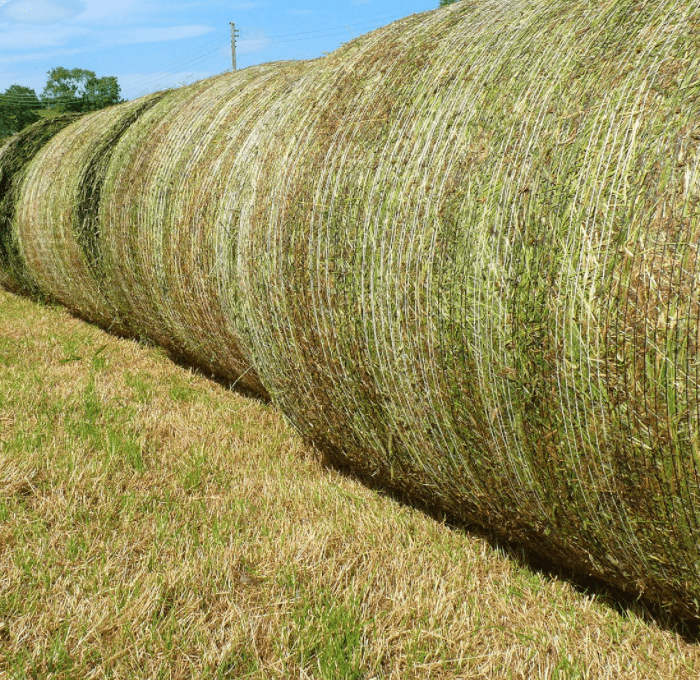
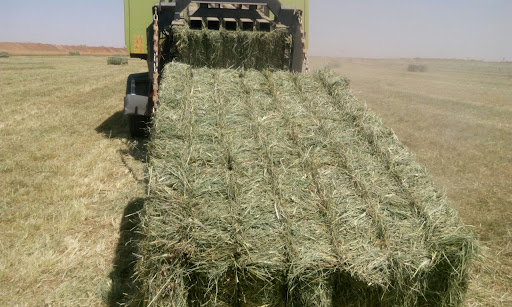
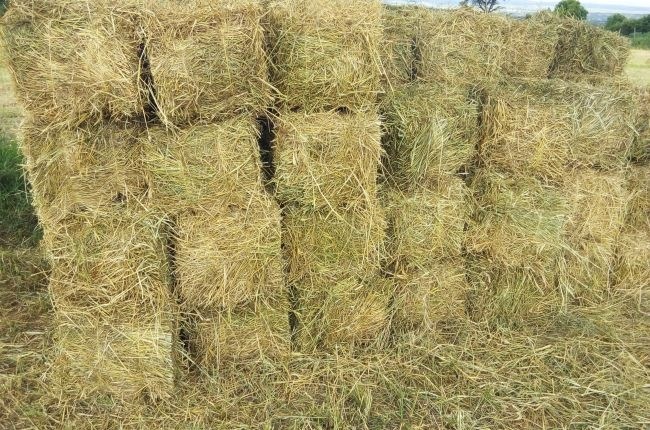
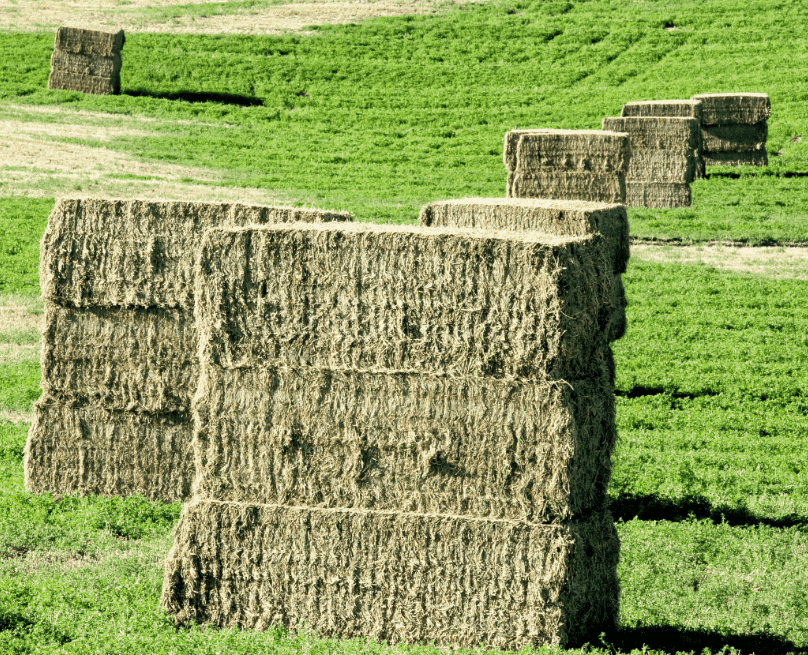

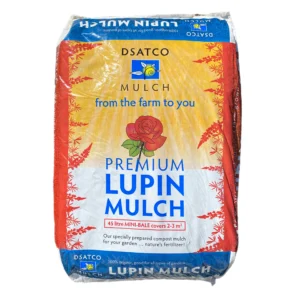
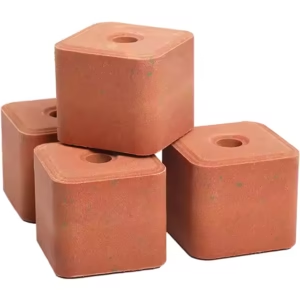
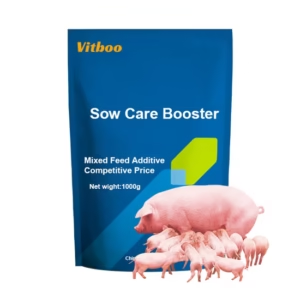
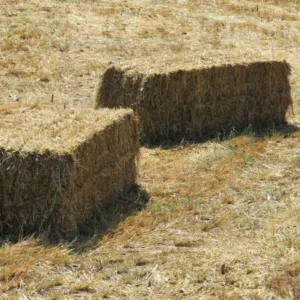


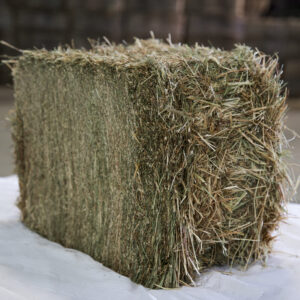
Reviews
There are no reviews yet.